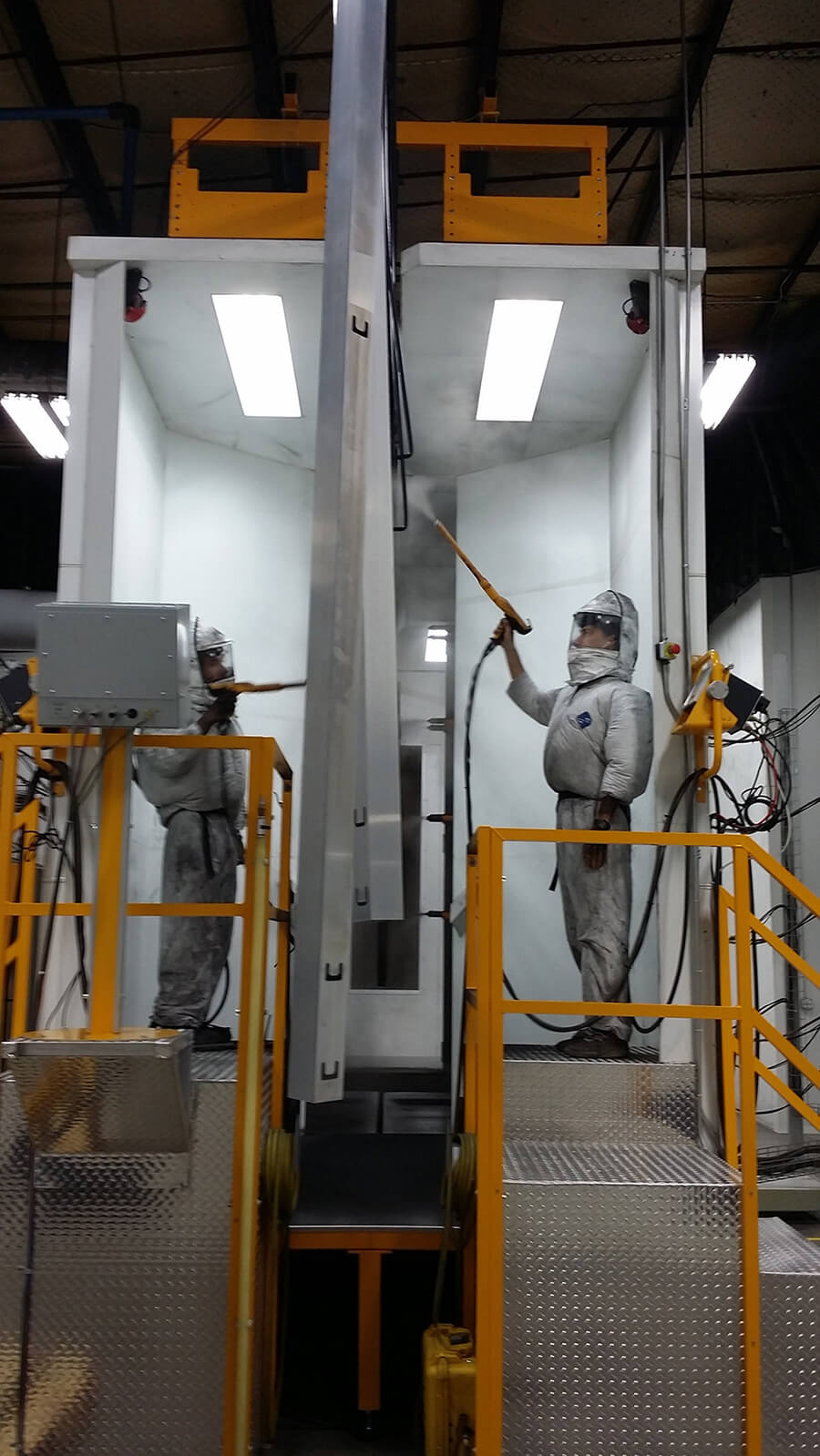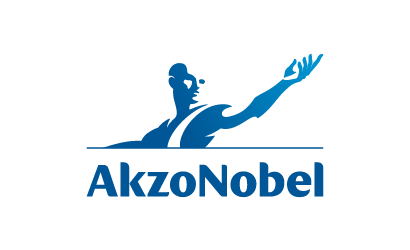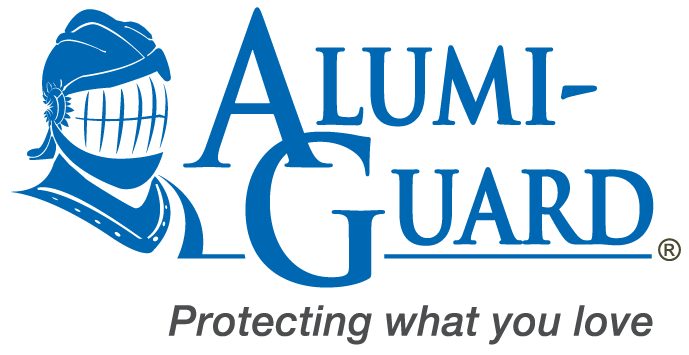Aluminum Powder Coating Process
One Of The Top Finishing Shops In North America for the Seventh Consecutive Year
Quality Management System
Interpon D Approved Applicators must have a fully operational Quality Management System with written procedures and defined record keeping/documentation that covers, at a minimum, the mandatory requirements set forth by AkzoNobel to ensure that the metal pretreatment and powder application processes are carried out consistently and to the required standard.
Testing
Interpon D Approved Applicators’ test laboratory must contain specific equipment suitable to carry out required testing. Testing is to be performed at defined intervals and with specific methods to ensure pretreatment consistency, correct curing, and required film performance (i.e. appearance, film thickness, color, gloss and adhesion) on finished articles.
AkzoNobel undertakes an extensive evaluation process and only issues Interpon D Approved Applicator status to companies whose standard of coating, testing and quality management systems meet the demands of the architectural industry and have demonstrated their commitment to the highest standard.

The Approval Process/Criteria
Quality Management Process/Criteria
- AkzoNobel conducts a full audit of the applicator’s process controls and quality management system, including testing.
Pretreatment, Application and Curing
- Coated panels and parts are submitted for extensive testing by AkzoNobel relative to coating appearance and performance.
Pretreatment, Application and Curing
Interpon D Approved Applicators must have the application facilities and necessary experience to apply the powder coating evenly to a controlled film thickness.
Pretreatment and application must meet the standards defined by AkzoNobel and/or AAMA with respect to substrate, cleaning, surface preparation and pretreatment.
Oven temperature is essential to proper curing. As oven temperatures can vary during a work shift and can have a negative effect on the curing of the powder coating, applicators must check ovens at defined intervals to ensure no temperature shift has occurred. Temperature variations between the top and bottom of the oven are also to be monitored.
Audit & Renewal
AkzoNobel carries out full audits of its Interpon D Approved Applicators on a defined basis and frequently performs random spot checks to assess their continuing ability to comply with the approval criteria. There is also continuous improvement and training on processes for all powder coating personnel, including operators and supervisors.
In addition to the audit of the standards, as described above, the applicator must also submit finished parts annually for testing by AkzoNobel.


What Makes Powder Coating an Environmentally Friendly Process
Since powder coating does not use solvents or chemicals like liquid paints, the process releases less pollutants into the air and leaves a smaller carbon footprint.
Through the ability to reclaim and reuse over-sprayed material — unlike excess liquid paint that needs to be disposed —the powder coating process generates no hazardous waste. Powder coating reduces CO2 emissions by up to 60% compared to liquid paint.

Don’t be on the fence about coatings,
selection matters!
